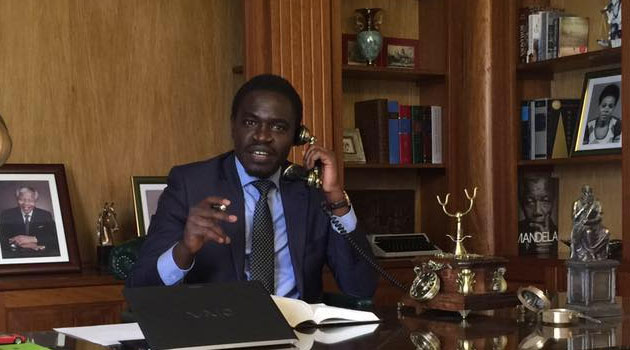the High Court has issued an order to the Inspector General of Police, mandating that all officers deployed to manage protests must wear uniforms with visible nametags in accordance with established protocols, a move to ensure transparency and accountability.
This directive comes amid a surge of protests led by Generation Z across the country, demanding greater social justice and governmental transparency.
Presiding Judge Bahati Mwamuye emphasized the importance of identifiable officers, stating that police should not “conceal their identities in any manner that makes them difficult or impossible to recognize.” This ruling aligns with the concerns raised by many young activists about the lack of accountability from law enforcement during public demonstrations.
The court further instructed that the police must not hide or remove the identifying marks on any vehicle used while managing or responding to assemblies, demonstrations, picketing, or petitions. This ruling responds directly to the ongoing discussions about the importance of traceability and accountability in law enforcement actions during public gatherings.
Judge Mwamuye issued a conservatory order, effective immediately, mandating that all uniformed officers under the National Police Service affix a nametag or identifiable service number on a clearly visible part of their uniform. This order aims to ensure that any engagement with protestors or those planning to assemble is conducted with a clear line of accountability.
The court instructed the applicants to serve the Respondents via the National Police Headquarters, with an affidavit of service to be filed by the end of business on Friday, August 16. The Respondents, including the police, have until August 21 to respond to the application by the Law Society of Kenya filed on July 31.
The case is scheduled for a mention on September 17, 2024, to discuss further directions. These interim orders were a response to an urgent application by the Law Society of Kenya, who sought to prevent the deployment of plainclothes officers in protest situations.
This court decision is particularly relevant as it resonates with the recent wave of Gen Z-led protests. These young activists have been instrumental in advocating for systemic changes and are increasingly vocal about the need for transparency in police operations.














